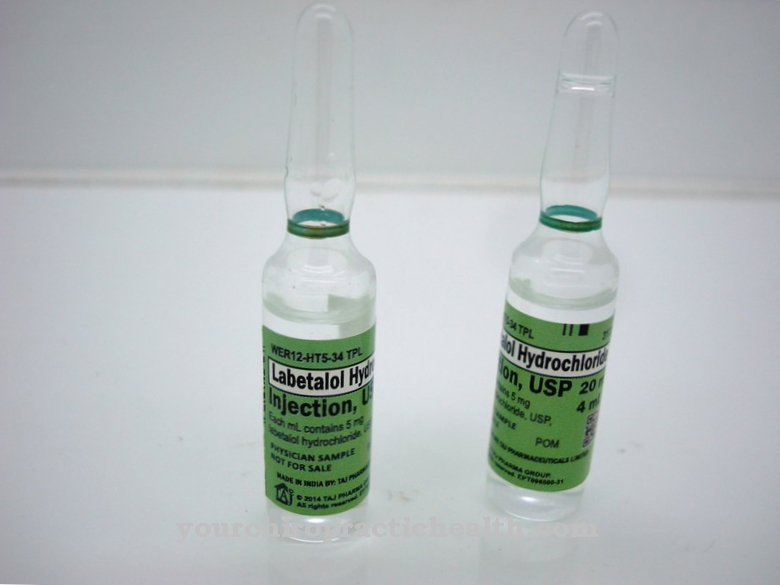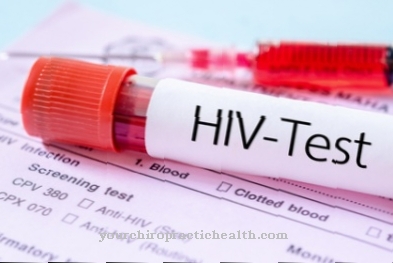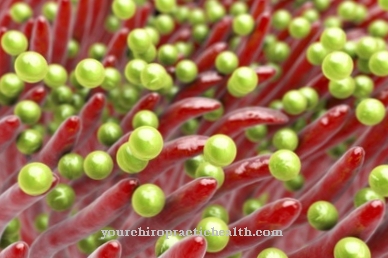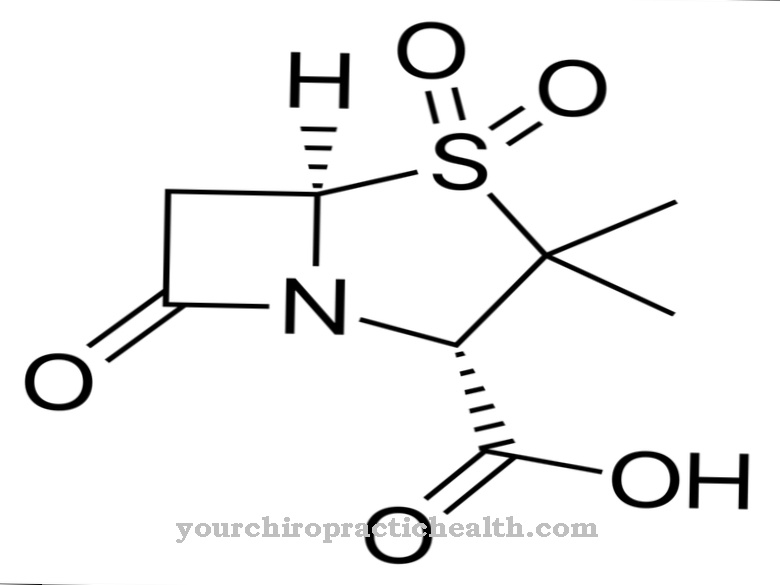Cetrimonium bromide is a drug from the class of bactericidal and fungicidal disinfectants. The active ingredient is mainly found in lozenges.
What is cetrimonium bromide?

The drug cetrimonium bromide is a component of the antiseptic cetrimides. The cationic surfactant has an antiseptic effect against bacteria and fungi. It is a surface-active quaternary ammonium compound.
Medicines usually contain cetrimonium bromide in combination with the active ingredients lidocaine and tyrothricin. Cetrimonium bromide is not available as a monopreparation. The combination of lidocaine, tyrothricin and cetrimonium bromide is used to treat infections in the throat and pharynx. Lidocaine is a local anesthetic. It reduces the pain. Tyrothricin has an antibacterial effect and cetrimonium bromide has a disinfectant effect.
In medical diagnostics, cetrimonium bromide is used as a complexing agent in the extraction of DNA.
Pharmacological effect
Cetrimonium bromide consists of a quaternary ammonium compound with an alkyl group. The alkyl group is in turn formed from 16 carbon atoms. The drug is one of the cationic surfactants and is used in the CTAB method to break down the cells. Together with polyvinylpyrrolidone and mercaptoethanol, the drug releases the DNA from the cell. This process is usually followed by a treatment with chloroform-octanol, during which the DNA is then finally extracted. This process is also known as CTAB precipitation.
Cetrimonium bromide also has an antiseptic effect. The cationic surfactant works against bacteria and fungi. The drug belongs to the surface-active substances. Surface-active substances reduce the surface tension. The bacterial surface disorganizes due to the changed surface activity. The permeability of the bacterial membrane changes. Finally, the cell proteins denature. Water can penetrate the bacteria and ultimately perish. A similar mechanism of action is also observed in mushrooms.
Medical application & use
Cetrimonium bromide is used both as a complexing agent and as a disinfectant. The drug is used in DNA extraction for plasmid isolation. Through complex formation and precipitation of deoxyribonucleic acid (DNA) interfering proteins and polysaccharides are separated with cetrimonium bromide.
After extraction, the DNA can be analyzed. Based on the DNA, conclusions can then be drawn about different genetic aspects of humans. The analyzes are not only used for criminal purposes, but also for medical diagnostics. In this way, diseases can be diagnosed on the basis of the genetic basis. Predispositions for diseases are also examined with DNA analyzes. DNA analysis is also used to clarify ancestry issues such as paternity tests.
Due to its disinfecting effect, cetrimonium bromide is used in various medicines to treat colds. Cetrimonium bromide is usually administered as a triple combination with lidocaine and tyrothricin. The preferred form of administration are lozenges that are prescribed to patients for bacterial infections of the throat and pharynx. Lidocaine provides pain relief due to its local anesthetic properties. Tyrothricin, like cetrimonium bromide, has an antibacterial effect.
Indications for the administration of cetrimonium bromide are also tonsillitis (angina tonsillaris), throat infections (pharyngitis) and laryngitis (laryngitis). Cetrimonium bromide can also be used for diphtheria and inflammation of the epiglottitis.
Risks & side effects
Cetrimonium bromide must not be administered if you are hypersensitive to the drug. During breastfeeding and pregnancy, the drug may only be taken after the doctor has carefully weighed the benefits and risks. In the case of fresh wounds in the mouth and throat, it should not be taken.
In rare cases, hypersensitivity reactions in the mouth and / or throat area may occur after taking cetrimonium bromide. This can lead to stomatitis medicamentosa. Patients suffer from bad breath and pain when eating. The lining of the mouth is swollen and reddened. Sometimes there are purulent, greasy coverings on it. Small, rounded erosions that are covered with white fibrin coatings may also appear. These mucous membrane symptoms are also known as canker sores. They cause great pain to patients.
Depending on the extent, the gums can also be inflamed. Inflammation of the gums is known as gingivitis. When brushing your teeth or wiping away the purulent plaque, the sensitive areas in the mouth can bleed. The sense of taste can be impaired or even temporarily lost. However, after stopping the drug, the symptoms resolve quite quickly.



























